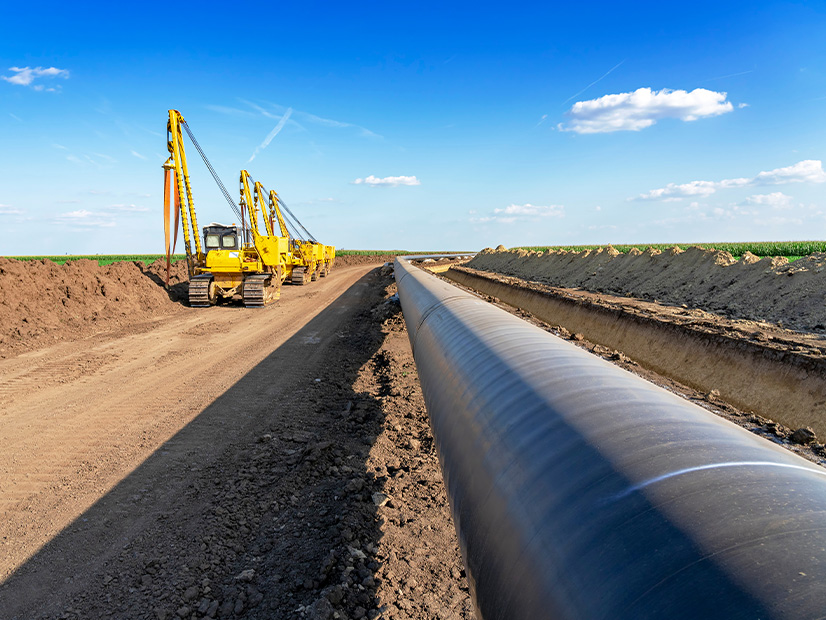ISOs and RTOs should take a more prominent role in expanding gas networks, gas and electricity industry representatives emphasized at a webinar April 15.
Convened by Texas RE, the talk focused on improving gas-electric coordination to prevent extreme weather risks like the issues that stemmed from Winter Storm Uri in February 2021 and Winter Storm Elliott in December 2022.
The FERC/NERC reports on power system performance during Uri and Elliott found that gas generators were the largest source of outages during the events. Gas supply issues accounted for about 27% of generator outages during Uri and 20% during Elliott, while mechanical and freezing issues accounted for about 65% of outages during Uri and 72% during Elliott. Mechanical and freezing issues accounted for about 65% of outages during Uri and 72% during Elliott.
“Organized power markets do not support the long-term commitments needed to expand gas infrastructure,” said Joan Dreskin of the Interstate Natural Gas Association of America.
Dreskin said most contracts for firm gas capacity cover relatively short durations and do not provide the certainty needed for large, long-term investments. She added that RTOs should take steps to enable power generators to serve as anchor customers for pipeline expansion projects.
“There’s so many issues with getting a pipeline built,” said Patricia Jagtiani of the Natural Gas Supply Association . Along with the difficulties of finding capacity offtakes, Jagtiani highlighted organized opposition, permitting delays and financing as major roadblocks to expanding gas networks.
The panelists said reliability issues could worsen as renewables proliferate and shift the role of gas generation from base load to peaking and balancing gaps left by clean energy, increasing power plant ramping requirements.
“We’re going to need additional infrastructure on the power side and on the gas side,” said Nancy Bagot of the Electric Power Supply Association. “It’s probably the greatest challenge.”
Gas expansion projects nationwide have faced opposition in large part due to the emissions associated with gas production, transport and combustion.
Gas generators accounted for about 43% of U.S. power plant emissions in 2022, according to data from the U.S. Energy Information Administration. Meanwhile, independent studies have shown repeatedly that U.S. emissions inventories significantly undercount emissions related to gas system methane leaks due to inadequate detection methods.
Beyond capacity additions, the panelists also called for market mechanisms to ensure generators secure adequate gas supply before extreme weather events, instead of as they occur.
In a white paper published in fall of 2023, the three associations wrote that most of the gas generator outages during Winter Storm Elliott occurred when RTOs called on the resources to run in real time. The groups noted that uncertainties related to when they will be dispatched and fuel cost recovery can dissuade generators from making gas purchases in advance.
To better incentivize generators to secure gas supply ahead of reliability events, RTOs should “develop market-based mechanisms to better signal expected power dispatch, avoid uplift and include fuel costs to reflect the cost of reliability in the market price,” the coalition wrote.
If the market rules can be properly aligned with reliability risks, “the gas system is reliable [and] gas generators are reliable,” Dreskin said.



